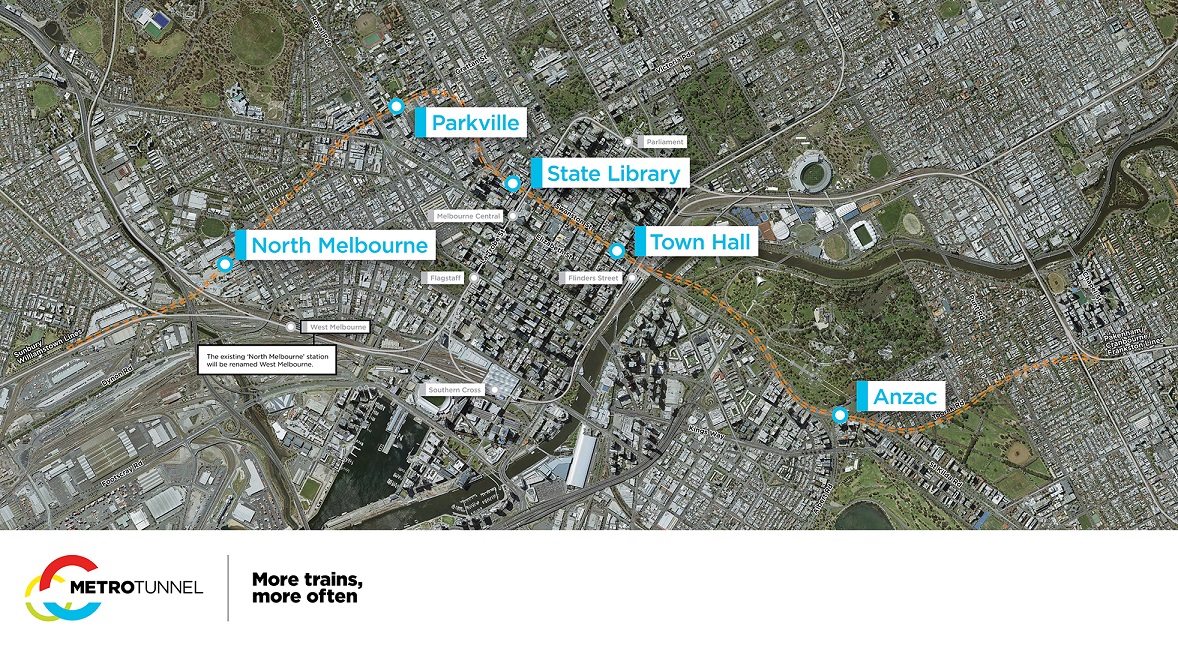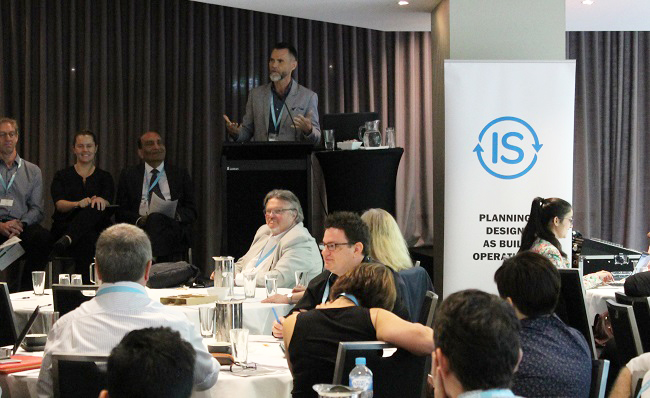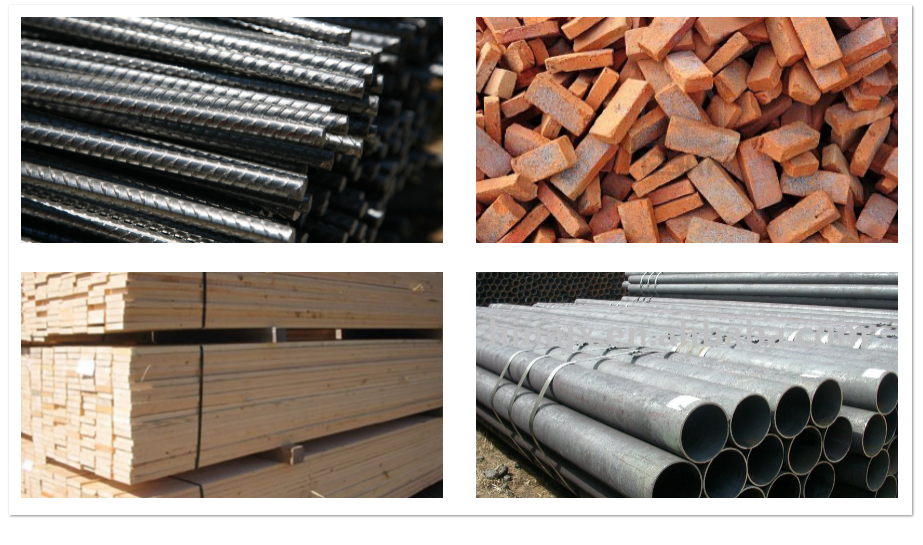California’s Buy Clean Act
On 15 October 2017, Jerry Brown, California’s governor, signed into law the Buy Clean California Act[1]. The Act ensues from the recognition that California, through its extensive purchasing power, can improve environmental outcomes and accelerate necessary greenhouse gas reductions to protect public health, the environment, and conserve a liveable climate. The way it aims to achieve a positive outcome is by incorporating emissions information from throughout the supply chain and product life cycle into procurement decisions, and using that information to help direct expenditure. The State believes that incorporating emissions information will acknowledge those companies that have invested in emissions reduction technologies and practices, and that it will encourage other companies to take action to reduce emissions to become more competitive in the California bidding process.
How will this work?
The (initial?) focus of the Act is on manufacture and transport of products used in public infrastructure projects. Although methodological details will still have to be worked out over the next year (the Act comes into effect for contracts entered into on or after July 1, 2019), the Act states that the Department of General Services will establish a maximum acceptable global warming potential for each category of eligible materials:
(1) Carbon steel rebar.
(2) Flat glass.
(3) Mineral wool board insulation.
(4) Structural steel.
An awarding authority may include in a specification for bids for an eligible project a facility-specific global warming potential (GWP) for any eligible material that is lower than the maximum acceptable GWP for that material.
The maximum acceptable GWP set at the industry average of facility-specific GWP emissions for that material is determined by consulting nationally or internationally recognized databases of environmental product declarations (EPDs). The GWP shall be provided in a manner that is consistent with criteria in an EPD.
The maximum acceptable GWP for each category of eligible materials will be reviewed every three years, and may be adjusted downwards (but not upwards) to reflect industry improvements.
How does this impact Australian companies?
Australian companies that manufacture eligible materials (structural steel, steel rebar, flat glass, mineral wool) and intend to supply these materials to Californian public works projects will have to be able to demonstrate that they meet the maximum greenhouse gas emissions intensity requirements. The Australasian EPD Programme is a well-established EPD programme that meets the highest standards (ISO 14025, ISO 14040 and EN 15804), and should therefore be suitable for reporting the emissions intensity of Australian products under the Buy Clean California Act. Affected Australian companies should thus ensure they have an Australasian EPD of relevant products by the middle of 2019 the latest.
Only if the greenhouse gas emissions intensity of their products is below the determined maximum acceptable GWP will they be able to bid for projects. Even then, an awarding authority may set stricter requirements that would exclude some companies from supplying to a project.
The devil in the detail
The Act currently requires that the emissions intensity is reported at a facility-specific level. It is not yet clear how this should be interpreted, as a life cycle approach almost by definition covers multiple facilities along the value chain. For example, when considering the current EPDs for Australian steel products, they show that some steel products are manufactured in multiple locations. OneSteel manufactures its reinforcing rod, bar and wire products at its major steelmaking and processing sites in Whyalla in SA, Laverton in VIC and Rooty Hill in NSW[2]. BlueScope Steel manufactures welded beams and columns at the BlueScope Welded Products Plant at Unanderra, near its Port Kembla steelworks in NSW[3]. For both companies, it would take considerable effort to untangle their logistics and supply chain data in order to create EPDs at (final product manufacturing) facility level.
Another predicament for steel will be the treatment of steel from blast furnaces versus electric arc furnaces. The latter use steel scrap as input and generate about half the greenhouse gas emissions per tonne of steel than the former, which use mainly iron ore. If an industry average is used to set the maximum acceptable GWP intensity, it could become all but impossible for blast furnaces to supply products to Californian infrastructure projects.
It is debatable whether this will lead to an improvement in overall emissions, or simply a shift of emissions-intensive steel products to non-government projects as the EAF process is limited by the availability of scrap. If this were to lead to an additional import market for scrap in the US, the net effect could even be an increase in total emissions.
What’s next?
It is not unimaginable that other materials will be incorporated into the Act at a later stage. The most glaring omissions from the current Act would have to be cement, concrete and aluminium and to a lesser extent asphalt. These materials contribute a large portion to embodied greenhouse gas emissions of infrastructure projects.
Furthermore, the current approach requires a facility-specific GWP, but this does not explicitly limit the analysis to a gate-to-gate (module A3) or cradle-to-gate (modules A1-A3) scope. Transport to site (module A4) can be added relatively simply when the manufacturing location and construction site location are known. A previous Executive Order (B-30-15 issued by Governor Edmund G. Brown, Jr.) stipulates that “State agencies shall take climate change into account in their planning and investment decisions and employ full life-cycle cost accounting to evaluate and compare infrastructure investments and alternatives.” Full life cycle cost accounting in this instance also refers to accounting for the impacts across the life cycle of a product, or life cycle assessment. In Australia, start2see and Energetics have firsthand experience with the difficulties public procurement bodies experience when considering a whole-of-life approach. We expect that the Californian sector is at the start of a steep learning-curve.
[1] https://leginfo.legislature.ca.gov/faces/billCompareClient.xhtml?bill_id=201720180AB262
[2] OneSteel, EPD of reinforcing bar and mesh, EPD 857, 2016-11-08
[3] BlueScope Steel, EPD of Steel – Welded Beams and Columns, EPD 559, 2015-07-09




